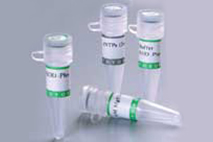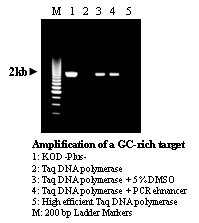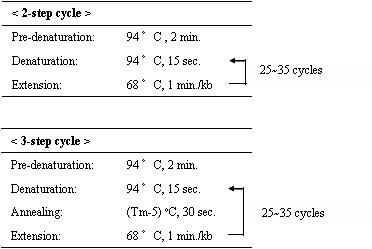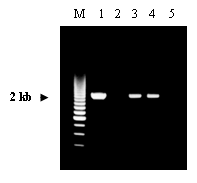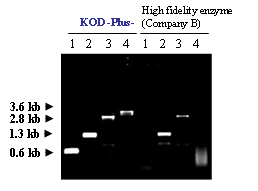KOD -Plus- is based on DNA polymerase from the hyperthermophilic Archaeon Thermococcus kodakaraensisKOD1(1)(2) KOD -Plus- exhibits excellent high PCR fidelity and efficiency. The enzyme solution of KOD -Plus- contains two types of anti-KOD DNA polymerase antibodies that inhibit polymerase and 3'→5' exonuclease activity, thus allowing for Hot Start PCR(3). KOD -Plus- generates blunt-end PCR products, due to 3'→5' exonuclease (proof-reading) activity.
























